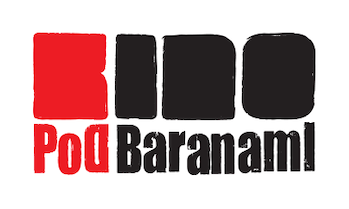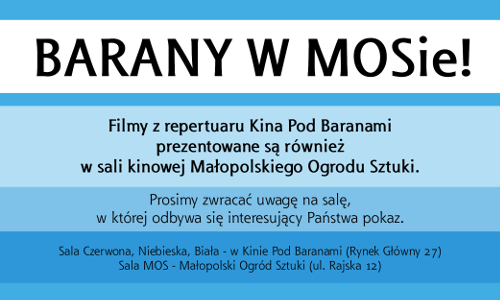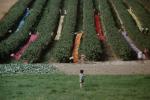
|
65. KFF: Pejzaż osobności. Kobiety w dokumencie: Krystyna M. + Obraz + Kolor + Gucia + Dzień za dniem
|
PEJZAŻ OSOBNOŚCI. KOBIETY W DOKUMENCIE (89')
Program przygotowany przez Filmotekę Narodową – Instytut Audiowizualny (FINA) prezentuje kobiece doświadczenie, skupiając się na przeżyciach bohaterek lub perspektywie reżyserek. Obok młodych dziewcząt w filmach pojawiają się dorosłe kobiety, które zmagają się z codziennością, pracą i oczekiwaniami społecznymi.
O FILMACH:
KRYSTYNA M. | KRYSTYNA M.
(Kazimierz Karabasz) PL 1973, 33' | D
(Kazimierz Karabasz) PL 1973, 33' | D
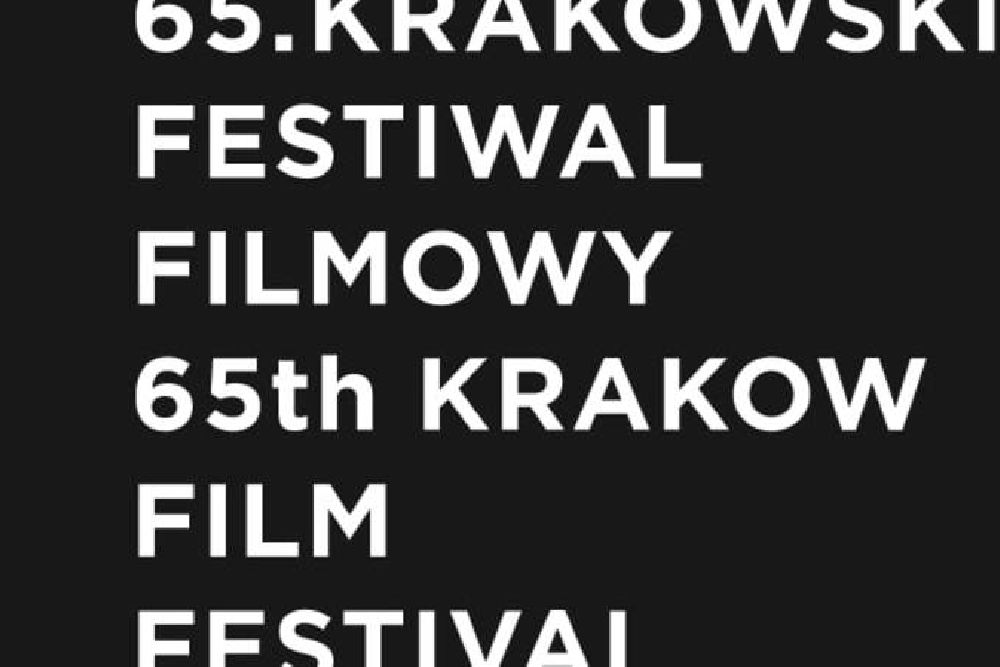
Mistrz polskiego dokumentu z czułością portretuje dorastającą Krystynę, ukazując jej codzienność wypełnioną pracą i zderzenie marzeń z rzeczywistością. „Krystyna M.” to intymny szkic o dojrzewaniu, ambicjach i ograniczeniach wpisanych w społeczne role i zawodowe hierarchie.
| "The master of Polish documentary filmmaking paints a tender portrayal of adolescent Krystyna, showing her daily life filled with work and the clash between dreams and reality. ‘Krystyna M.’ is an intimate sketch about growing up, ambitions and limitations inscribed in social roles and professional hierarchies."
| "The master of Polish documentary filmmaking paints a tender portrayal of adolescent Krystyna, showing her daily life filled with work and the clash between dreams and reality. ‘Krystyna M.’ is an intimate sketch about growing up, ambitions and limitations inscribed in social roles and professional hierarchies."
OBRAZ | PICTURE
(Bogdan Dziworski) PL 1979, 8' | D
(Bogdan Dziworski) PL 1979, 8' | D
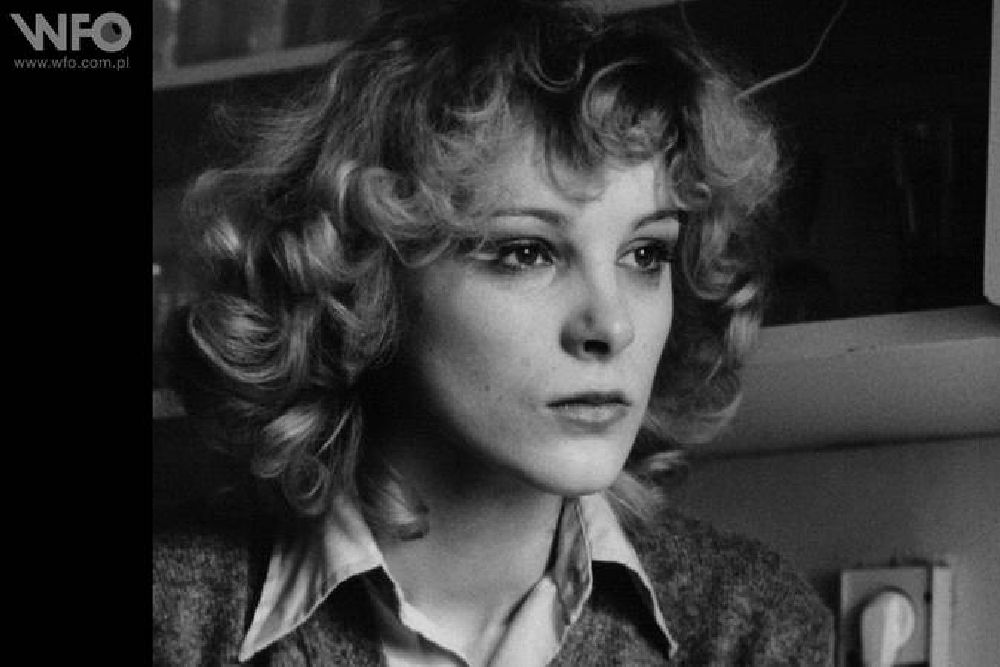
Pochwała aktu tworzenia oparta na przebłyskach i miniaturach egzystencji. Niemal każdy kadr staje się obrazem prowadzącym do wnętrza bohaterki. Stan niemocy i bezsilności unosi się w spojrzeniach, wypełnia myśli, odwraca wzrok ku przedmiotom. Film Bogdana Dziworskiego to niezwykle dźwięczna, wizualna kołysanka o niemożliwości tworzenia i przełamaniu, które nadchodzi.
| "In this praise of the act of creation based on glimpses and minutiae of existence, almost every frame becomes an image leading inside the protagonist. The state of impotence and powerlessness can be felt in the gaze, fills the thoughts, and turns the eyes towards objects. Bogdan Dziworski’s film is a remarkably sonorous, visual lullaby about the inability to create and the approaching breakthrough."
| "In this praise of the act of creation based on glimpses and minutiae of existence, almost every frame becomes an image leading inside the protagonist. The state of impotence and powerlessness can be felt in the gaze, fills the thoughts, and turns the eyes towards objects. Bogdan Dziworski’s film is a remarkably sonorous, visual lullaby about the inability to create and the approaching breakthrough."
KOLOR | THE COLOUR
(Jadwiga Kędzierzawska) PL 1982, 16' | D
(Jadwiga Kędzierzawska) PL 1982, 16' | D
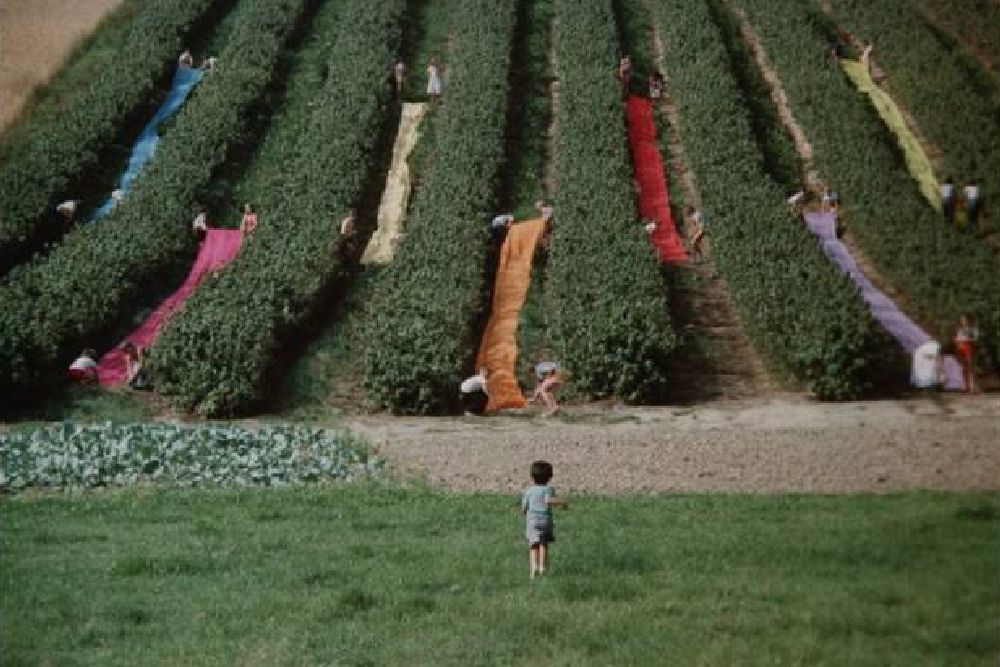
Osobliwa opowieść o dzieciństwie, zabawie i świecie pełnym magii, widzianym oczami kilkuletniej dziewczynki wykluczonej z grupy rówieśników. Jadwiga Kędzierzawska prowadzi nas przez spaloną słońcem rzekę, las i miasto, tworząc barwną podróż do świata dziecięcej wyobraźni.
| A peculiar story about childhood, play and a world full of magic, as seen through the eyes of a few-year-old girl excluded from her peer group. Jadwiga Kędzierzawska leads us through a sunburnt river, forest and city, creating a colourful journey into the world of a child’s imagination.
| A peculiar story about childhood, play and a world full of magic, as seen through the eyes of a few-year-old girl excluded from her peer group. Jadwiga Kędzierzawska leads us through a sunburnt river, forest and city, creating a colourful journey into the world of a child’s imagination.
GUCIA | GUCIA
(Dorota Kędzierzawska) PL 1985, 16' | D
(Dorota Kędzierzawska) PL 1985, 16' | D
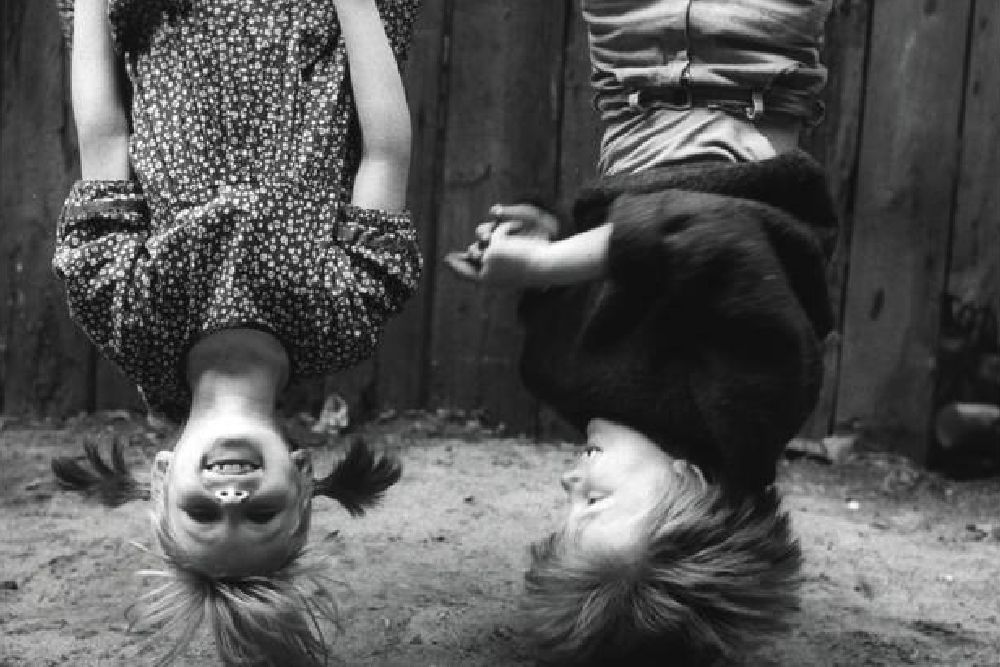
Siedmioletni Tomek, rozczarowany zachowaniem swojej rówieśniczki Guci, proponuje, że zamieni ją w chłopca – Piotrusia, z którym będzie się lepiej dogadywał. Historia opowiedziana przez Dorotę Kędzierzawską czterdzieści lat temu pokazuje, że oczekiwania i wyobrażenia dotyczące płciowości i roli w społeczeństwie pojawiają się w naszym życiu bardzo wcześnie.
| Seven-year-old Tom, disappointed by the behaviour of Gucia, a girl his age, offers to turn her into a boy, Peter, with whom he will get along better. The story told by Dorota Kędzierzawska forty years ago shows that expectations and ideas about sexuality and one’s role in society emerge very early in our lives.
| Seven-year-old Tom, disappointed by the behaviour of Gucia, a girl his age, offers to turn her into a boy, Peter, with whom he will get along better. The story told by Dorota Kędzierzawska forty years ago shows that expectations and ideas about sexuality and one’s role in society emerge very early in our lives.
DZIEŃ ZA DNIEM | DAY AFTER DAY
(Irena Kamieńska) PL 1988, 16' | D
(Irena Kamieńska) PL 1988, 16' | D
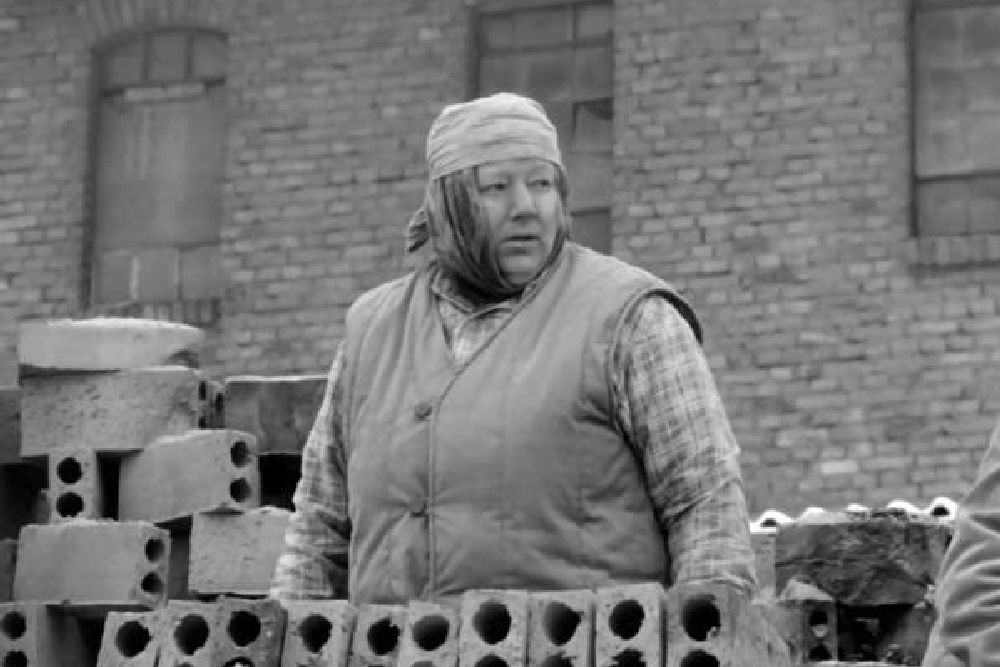
Szary pejzaż i pył cegieł to codzienność dwóch sióstr z „Transbudu”. Film Ireny Kamieńskiej ukazuje ich monotonną pracę, wspomnienia młodości i zmagania z komunistyczną rzeczywistością. Przejmujący obraz życia zdominowanego przez zmęczenie – dzień za dniem, cegła za cegłą.
| "Grey landscape and brick dust are the everyday life of two sisters working at Transbud. Irena Kamieńska’s film shows their monotonous labour, memories of youth and struggles with the communist reality. A poignant picture of life dominated by fatigue – day by day, brick by brick."
| "Grey landscape and brick dust are the everyday life of two sisters working at Transbud. Irena Kamieńska’s film shows their monotonous labour, memories of youth and struggles with the communist reality. A poignant picture of life dominated by fatigue – day by day, brick by brick."
Zakup biletu online na stronie 65. Krakowskiego Festiwalu Filmowego.
Pokaz w ramach 65. Krakowskiego Festiwalu Filmowego.
Zobacz ten film:
-
Sobota
31 maja Saturday May 3113:00
